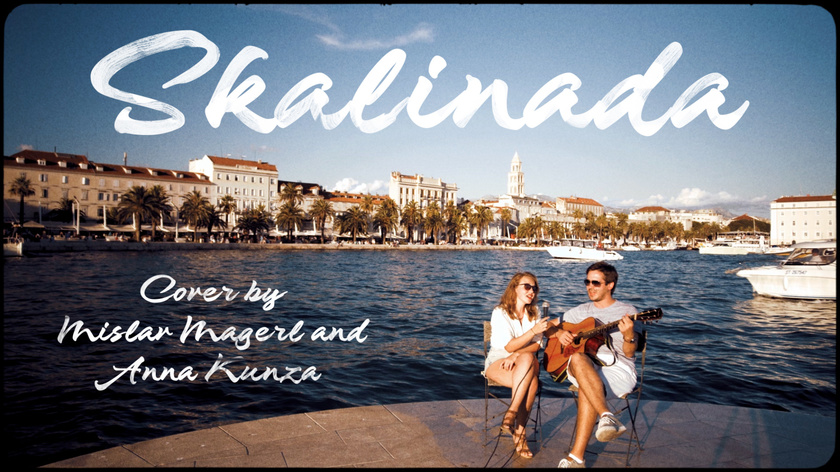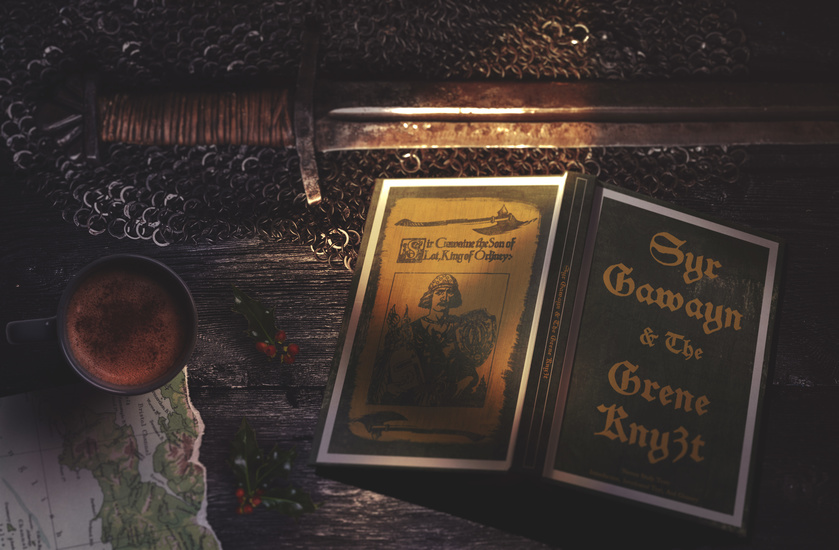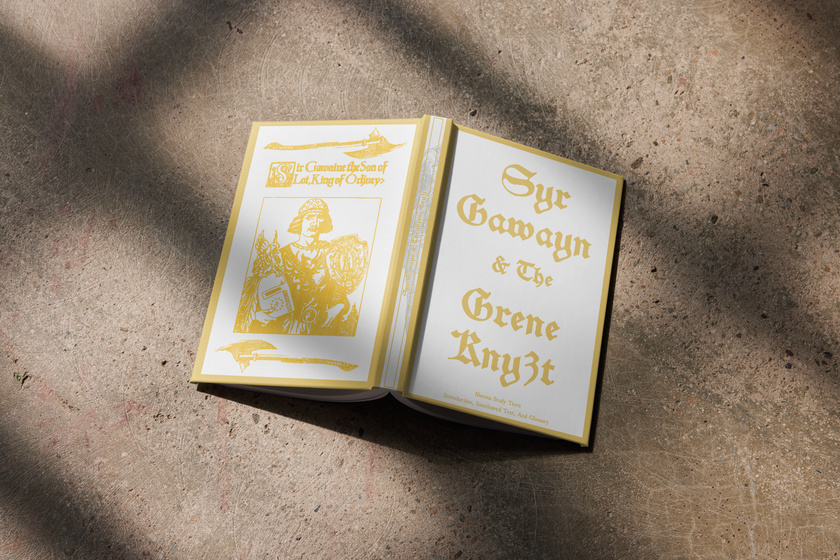
On a hot summer afternoon we found a deserted pier overlooking the Riva. After a few glasses of wine we were ready to shoot a short tribute to Oliver Dragojevic's "Skalinada"
This is part one of our first season of music videos in the field. What song should we cover next?
Https://bit.ly/skalinadapremiere

2 musicians, 4 covers, 1 year, spread across Seattle, Split, and Maui
Check out the full playlist here!
https://bit.ly/mislavandannieseason1
Changes - new name, new logo, and new content. We'll be posting every Monday and Wednesday. Look for new content here and on YouTube! Join to contribute!
Our name comes from an old inspiration, the ancient river town of Narona. Here the Roman town sits quietly under the surface but the past. Like roots of a tree, it brings to the surface remnants of ages long forgotten. Fragments of Illyria, Greece, Egypt, Rome, and ancient Croatia rise unexpectedly after a rain storm or from under a plow.
Meanwhile our logo is a boatman who traversed the river Narona, which gave the town its name. Innumerable others have navigated it, sailing from deep in the mountains to the Adriatic then on to Constantinople, Rome, Alexandria, and beyond. Now named Neretva, the river hosts rowing contests to this day.
It reminds us that we're but pilgrims in our time - our goal is to create films, photography, and media content to adorn the journey, drawing from the wisdom of those who've gone before. We want our ...
It's here!
The chivalrous classic of Christmas, magic, and beheading in the original language: Sir Gawain And The Green Knight.
But where does the text come from and why is it so often missing from the rest of the Arthurian Canon?
Like most early English literature the origins of the Gawain text are a mystery. It, like Beowulf, appears first in the personal library of Sir Robert Cotton and the text was added some time before 1607.
At its first republishing in 1839 the text was already 400 years old.
Written around 1400, we know nothing about the text's first 200 years. The second 200 years it spent completely forgotten, even being overlooked by the compilers of the Cotton library in both 1696 and 1802.
The author is anonymous but the term is misleading. How can so many early English texts have no known authorship or exist in only one manuscript?
The answer is the Act of Supremacy in 1536.
Monastic libraries, being disassembled and destroyed for the crown's enrichment, are the only logical source that could ...
















